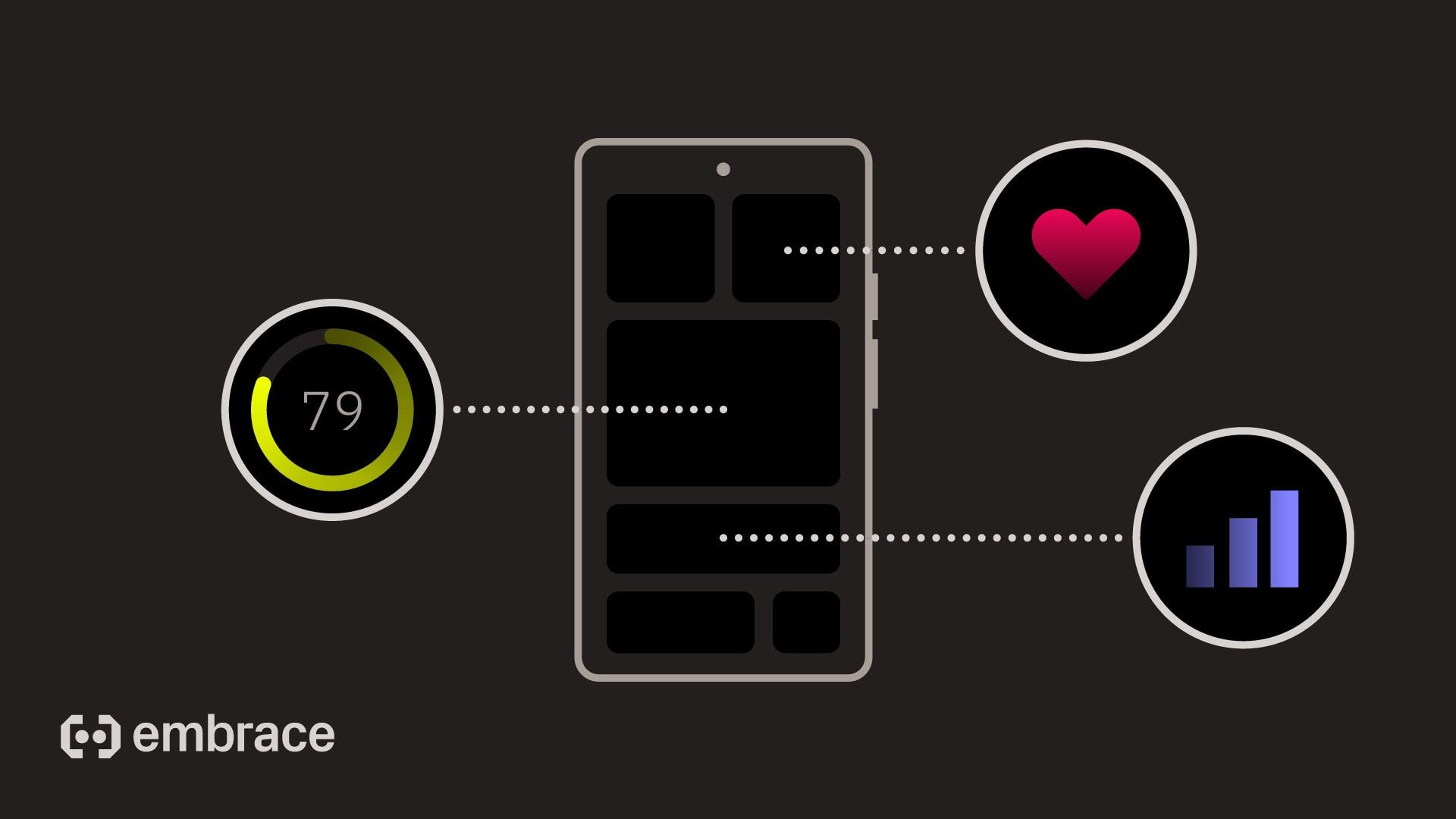
What Is Mobile App Performance Monitoring?

Whether you are a developer, product manager, or business leader, effective mobile APM ensures your app runs smoothly, meets user expectations, and supports your business objectives.
In today’s fast-paced digital landscape, understanding what Mobile App Performance Monitoring is essential for delivering seamless user experiences. Mobile App Performance Monitoring (APM) refers to the systematic process of tracking, analyzing, and optimizing the performance of mobile applications. Whether you are a developer, product manager, or business leader, effective mobile APM ensures your app runs smoothly, meets user expectations, and supports your business objectives.
What is Mobile App Performance Monitoring and Why It Matters
Mobile App Performance Monitoring is the practice of continuously observing and measuring the behavior of a mobile application in real time. This includes tracking metrics such as app launch times, response latency, crash rates, and resource usage. The primary goal is to identify performance bottlenecks, detect anomalies, and proactively resolve issues before they impact end users.
Why does this matter? In a competitive app marketplace, even minor performance issues can lead to negative reviews, user churn, and lost revenue. For example, if an app frequently crashes or loads slowly, users are likely to abandon it in favor of a more reliable alternative. Mobile APM solutions empower teams to maintain high standards of quality, ensuring that apps remain responsive, stable, and efficient across a wide range of devices and operating systems.
For global businesses, mobile app performance is especially critical. Users may access your app from different countries, networks, and devices, making it vital to monitor performance under diverse conditions. Effective monitoring helps you deliver a consistent experience worldwide, supporting both user satisfaction and regulatory compliance.
Core Components of Mobile APM Tools and Technologies
Modern Mobile App Performance Monitoring solutions are built on a foundation of robust tools and technologies. Understanding these core components is key to selecting the right APM strategy for your organization.
Instrumentation and Data Collection
Instrumentation involves integrating monitoring code or SDKs into your mobile app. This enables the collection of detailed telemetry data, such as CPU usage, memory consumption, network requests, and user interactions. High-quality instrumentation is essential for capturing accurate, actionable insights without degrading app performance. To learn how OpenTelemetry can enhance your mobile APM instrumentation, see our OpenTelemetry for Mobile integration.
Performance Metrics and Analytics
APM tools aggregate and analyze a wide range of performance metrics. Common metrics include app startup time, screen rendering speed, error rates, and battery impact. Advanced analytics platforms can correlate these metrics with user behavior, device type, and geographic location, helping teams pinpoint the root causes of performance issues.
Alerting and Reporting
Automated alerting systems notify teams when performance thresholds are breached, such as a sudden spike in crash rates or slow response times. Customizable dashboards and reports provide a comprehensive view of app health, enabling data-driven decision-making and continuous improvement.
Integration with Development Workflows
Seamless integration with CI/CD pipelines, issue trackers, and collaboration tools ensures that performance insights are actionable and accessible. This fosters a culture of proactive performance management, where issues are addressed early in the development lifecycle.
Real-Time Monitoring vs Automated Performance Testing
A comprehensive approach to mobile app performance involves both real-time monitoring and automated performance testing. While these practices are complementary, they serve distinct purposes.
Real-Time Monitoring
Real-time monitoring continuously tracks your app’s performance as it runs in production. This allows teams to detect and respond to issues as they occur, such as unexpected crashes, slowdowns, or network failures. Real-time insights are invaluable for maintaining high availability and user satisfaction, especially in dynamic environments where conditions can change rapidly. For industry-specific needs, such as media and entertainment, see our tailored Media and Entertainment mobile solutions.
Automated Performance Testing
Automated performance testing, on the other hand, is typically conducted during development and QA phases. These tests simulate user interactions and load scenarios to identify potential bottlenecks before the app is released. Automated testing helps ensure that new features or updates do not introduce regressions or degrade performance.
By combining real-time monitoring with automated testing, organizations can achieve end-to-end visibility into app performance. This dual approach supports rapid iteration, reliable releases, and a superior user experience—no matter where your users are located.
Take Control of Your Mobile App Performance Today
Ready to optimize your mobile app and deliver a seamless experience to users worldwide? Discover how advanced Mobile App Performance Monitoring can help you identify issues, improve reliability, and drive user satisfaction. Don’t let performance bottlenecks hold your app back—take the next step toward excellence.

